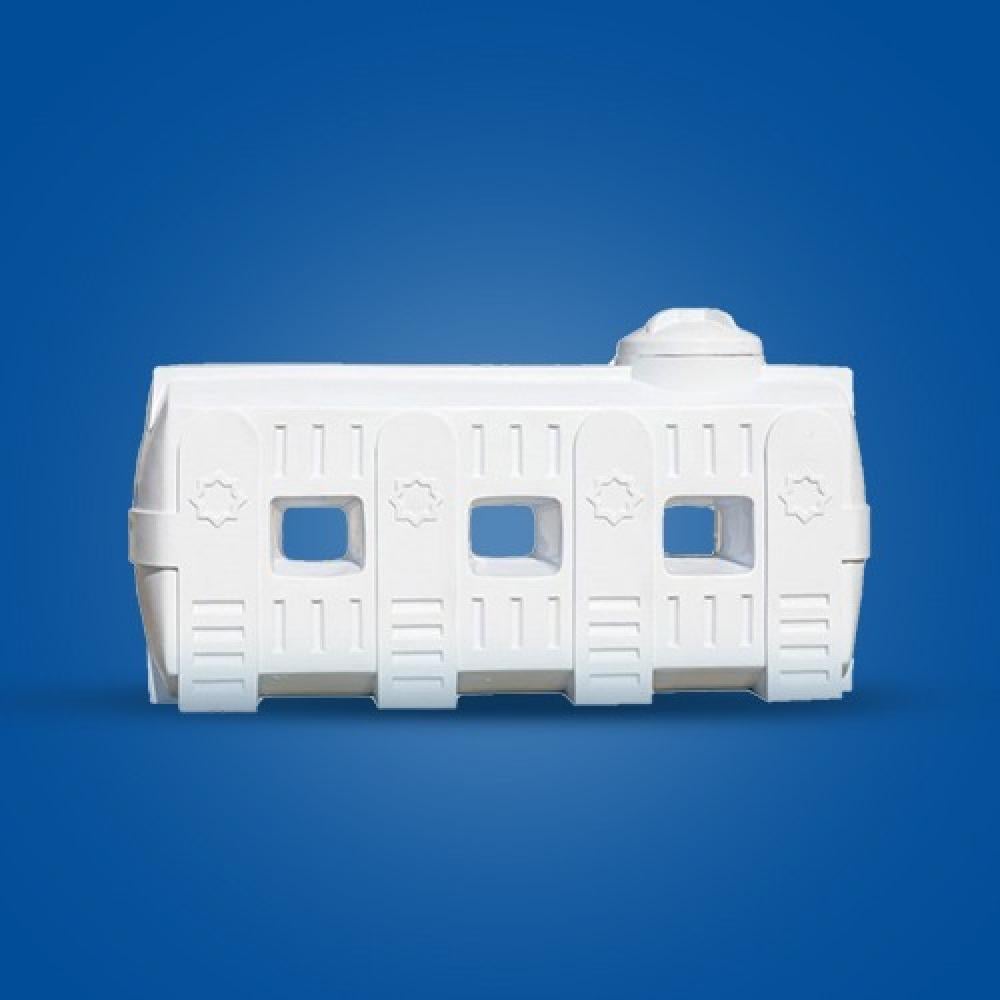When choosing a water tank for your home, building, or commercial space, one of the most common decisions you'll face is whether to go for a horizontal or vertical tank. Both types come with their own unique advantages depending on the available space, usage requirements, and climate conditions—especially in countries like Saudi Arabia, where heat and space optimization are critical factors.
Below, we break down the key differences between horizontal and vertical tanks to help you make the right choice:
1. 📐 Shape and Design
- Horizontal Tanks: These tanks are wider and shorter in height. Their length extends sideways, taking up more floor or roof space.
- Vertical Tanks: Taller and narrower in diameter, these tanks are designed to save horizontal space while maximizing storage capacity by height.
2. 🏠 Installation Space
- Horizontal Tanks: Require more surface area, making them suitable for large open rooftops, gardens, or farms.
- Vertical Tanks: Ideal for areas with limited space, such as narrow balconies, tight rooftops, or between building structures.
3. 🌬️ Stability
- Horizontal Tanks: Have a low center of gravity, making them more stable, especially in windy environments.
- Vertical Tanks: More prone to tipping in high wind unless properly supported or anchored.
4. 🧽 Ease of Cleaning
- Horizontal Tanks: Easier to clean due to their shallower structure, allowing better access to the inner walls and bottom.
- Vertical Tanks: Deeper, which may make cleaning slightly more difficult or require professional service and longer tools.
5. 💧 Capacity and Usage
- Horizontal Tanks: Typically available in larger sizes (up to or above 3000 liters), which makes them suitable for high-demand areas such as villas, factories, or agricultural use.
- Vertical Tanks: Generally more common in medium and small capacities, ideal for apartments and small households.
6. ☀️ Sun Exposure and Cooling
- Horizontal Tanks: Have a larger surface area exposed to sunlight, which can cause water to heat up faster—especially during the intense summer months in Saudi Arabia.
- Vertical Tanks: Offer better natural insulation due to reduced surface area exposure, keeping the water cooler for longer.
✅ Final Thoughts: Which One Should You Choose?
Your decision depends on your space, usage, and climate. Here's a quick guide:
- Choose a horizontal tank if:
- You have plenty of horizontal space.
- You need a high-capacity tank.
- Stability in windy conditions is a priority.
- Choose a vertical tank if:
- You’re working with limited space.
- You prefer a compact, upright design.
- You want to reduce heat absorption.
Both types can be found in various materials (like polyethylene, fiberglass, or stainless steel) and come with features such as UV protection, anti-bacterial coating, and insulation layers.
Need help selecting the right tank? Contact our team for expert advice and installation services anywhere in Saudi Arabia.

